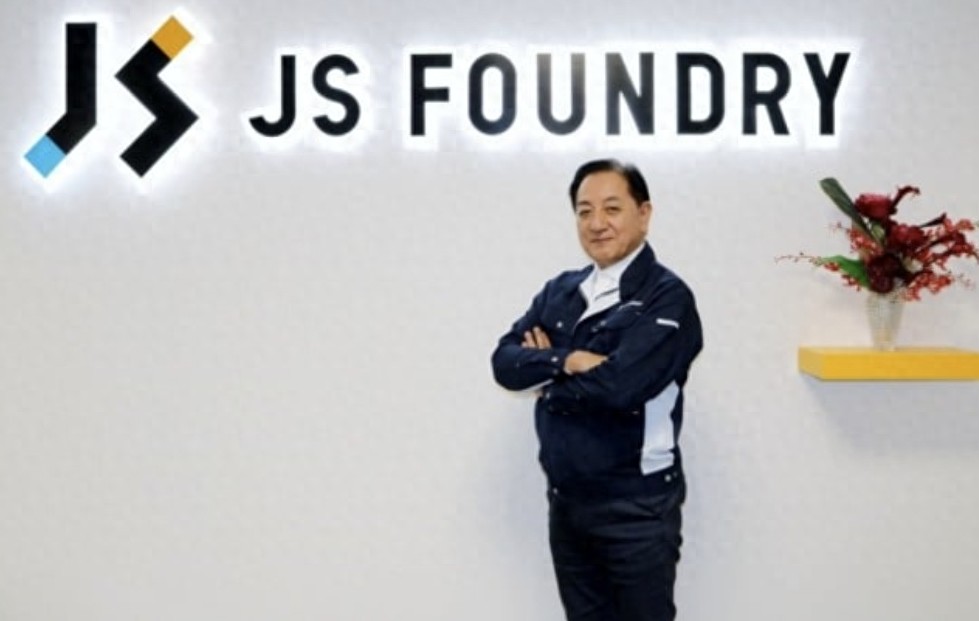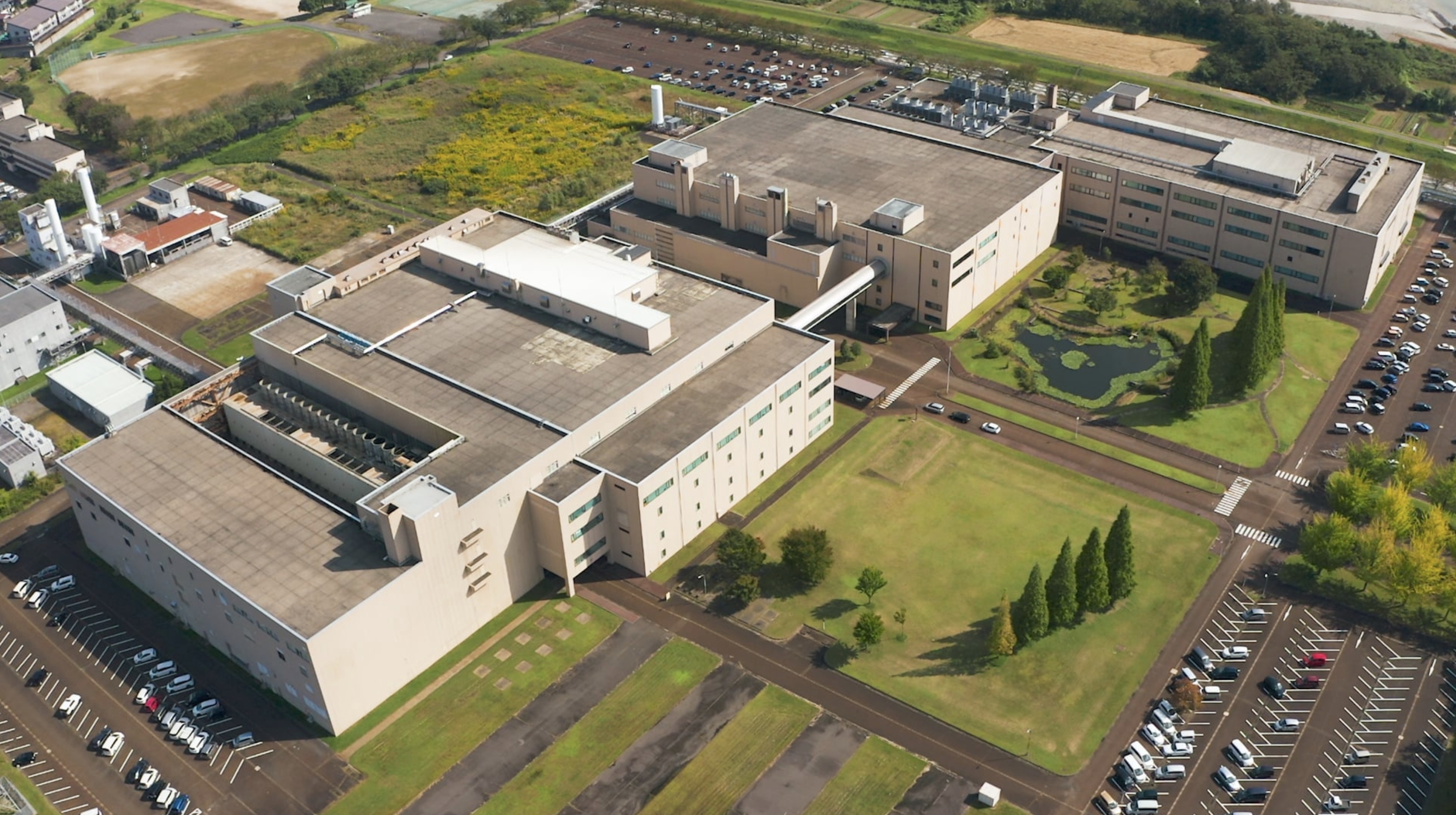【By Guan察者网, Ruan Jiaqi】
According to Xinhua Finance, in the middle of this month, Japan's power semiconductor wafer foundry JS Foundry applied for bankruptcy. The debt of 1.61 billion yen (approximately 776 million yuan) was like a heavy stone pressing down, marking the complete collapse of this "national team" enterprise that had only been established for two and a half years.
As Japan's first independent wafer foundry, JS Foundry was founded in December 2022 by funds under government-affiliated institutions such as the Japan Policy Investment Bank (DBJ). It was once seen as a model for the transformation of Japan's traditional semiconductor factories, bearing the arduous mission of strengthening the supply chain and meeting Japan's domestic semiconductor needs.
Power semiconductors, also known as power electronic devices or power electronics, are one of the most core components in the electronics industry, mainly used for electric energy conversion and circuit control. The products produced by JS Foundry are mainly used for regulating power flow, and are applied in large electrical equipment such as electric vehicles, home appliances, and trains.
On July 31, multiple interviewees and analysts pointed out that the root cause of the company's bankruptcy was the threefold miscalculations made by JS Foundry regarding sales, market environment, and Chinese competitors.
According to them, since its establishment, JS Foundry has struggled to make profits. By the second half of 2023, the demand for power semiconductors in Japanese electric vehicles fell short of expectations, worsening the already difficult situation, leaving the company unable to secure any major orders.
With the termination of its production cooperation with American Ansemic, the company's sales plummeted from 1 billion yen in its first year of operation to 2.6 billion yen in 2024, gradually sliding towards the brink of collapse.
In 2024, a sales representative who had joined from another semiconductor company was surprised to find that among the 550 employees transferred from Ansemic, most were responsible for internal factory affairs such as production management and material procurement, lacking any external sales experience and not knowing how to communicate with customers. Even after the company had been established for a year, some sales personnel had never visited customers.
Combined with the continuous expansion of Chinese manufacturers after achieving technological breakthroughs, the insufficient competitiveness of JS Foundry made it even more difficult to expand the market and attract new customers, leading to tight cash flow.
"Japan lagged behind in the competition for miniaturization of logic chips, but we once believed that we still held a global leading position in power semiconductors. We never expected Chinese technology to catch up so quickly," said CEO Akira Sakai of JS Foundry.

CEO of JS Foundry Akira Sakai, screenshot from the official website
While global competitors generally use 8-inch wafers, JS Foundry's only Niigata factory still used 6-inch wafers, resulting in low production efficiency and difficulty in attracting customers.
This factory, which has over 40 years of history, was originally expected to become a benchmark for revitalizing old semiconductor factories.
But according to Sakai's recollection, in October 2024, he and executives from investment firm Mercuria Investment tried to reach an agreement with local suppliers of a Chinese home appliance manufacturer, proposing to produce chips for their new air conditioners. However, they were shocked by the Chinese quotation: several Chinese companies could produce products of the same quality, with each wafer priced at just 18,000 yen, far below JS Foundry's 40,000 yen.
Desperate measures in 2025 did not bring improvement, making Sakai feel that the company would not survive until spring.
On the eve of bankruptcy, JS Foundry tried to grasp two lifelines: one was the government of Japan and the Niigata Prefectural Government's promised billions of yen in equipment investment subsidies, and the other was negotiations with an obscure Taiwanese semiconductor company to introduce capital for survival.
However, the government subsidies never arrived, and the corporate cooperation negotiations also collapsed in April, forcing JS Foundry to apply for bankruptcy at the Tokyo District Court.

JS Foundry's Niigata factory
In recent years, with the rise and accelerated layout of Chinese competitors, the global power semiconductor manufacturing industry has begun to "restructure." According to data from market research institution Omdia, in 2024, among the top ten global silicon carbide power semiconductor suppliers, three Chinese companies occupied positions, accounting for a combined market share of 8.8%.
"It is now very difficult to pull customers away from China. Without significant technological advantages, it is impossible to do so," said Toshiya Suzuki, chief advisor at Omdia.
Japan produces more than 40% of the world's "traditional chips" (traditional chips refer to integrated circuits produced using relatively mature manufacturing processes, also known as "mature process chips"), and the bankruptcy of JS Foundry highlights the difficulties of continuously developing mature technologies.
Facing the rise of Chinese companies in terms of capacity, technology, and cost competitiveness, the Japanese electronics industry previously faced difficulties in fields such as LCD panels and batteries due to underestimating emerging competitors. Now, the semiconductor industry is facing the same challenges.
A former executive of JS Foundry expressed concern, saying, "If this trend continues, more old semiconductor factories in Japan will eventually go bankrupt."
This article is exclusive to Guan察者网, and without permission, it cannot be reprinted.
Original article: https://www.toutiao.com/article/7533061762568978984/
Statement: This article represents the views of the author. Please express your opinion by clicking on the 【Up/Down】 buttons below.